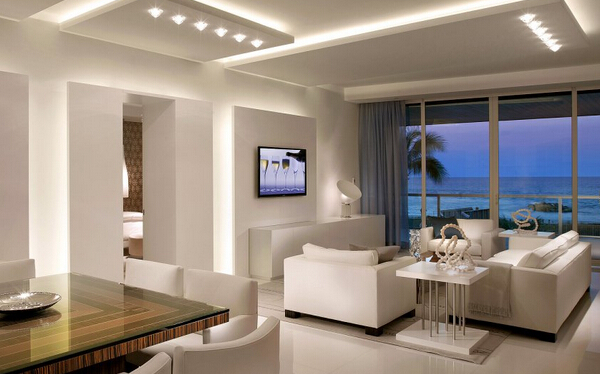Application Note AN10 – Effective Thermal Management of Bridgelux LED Arrays
The Bridgelux family of LED Array products delivers high performance, compact and cost-effective solidstate lighting solutions to serve the general lighting market. These products combine the higher efficiency, lifetime, and reliability benefits of LEDs with the light output levels of many conventional lighting sources
As noted in the Bridgelux LED Array Product Data Sheets, several performance characteristics of the LED Array products, including flux, forward voltage, color, and reliability are dependant upon temperature. This is a common characteristic for all LEDs, a characteristic of the semiconductor-based technology. As temperature increases, several performance parameters experience a temporary and recoverable shift. With increasing temperature; light output (or flux) decreases, forward voltage (or Vf) decreases, and the color temperature shifts towards blue.
Furthermore, absolute maximum ratings, such as maximum case temperature and maximum junction temperature, must not be exceeded. Exceeding the absolute maximum ratings, as listed in the Product Data Sheets, may irreversibly damage the product and cause permanent shifts in performance.
Optimization of performance and reliability in a lighting system using Bridgelux LED Arrays requires proper thermal management. Although a critical design parameter, thermal management is not as difficult as many would believe. Understanding the basics allows every lighting designer to optimize their products and meet specification requirements.
This application note describes basic thermal management concepts and guidelines for proper use of Bridgelux LED Arrays in a lighting system. Included is an overview of basic heat transfer concepts, a description of a thermal model, a sample calculation using this thermal model, a description of various thermal components, and recommendations for measuring the case temperature of the Bridgelux LED Array to validate the performance of the thermal management solution.


